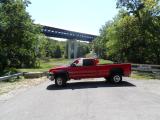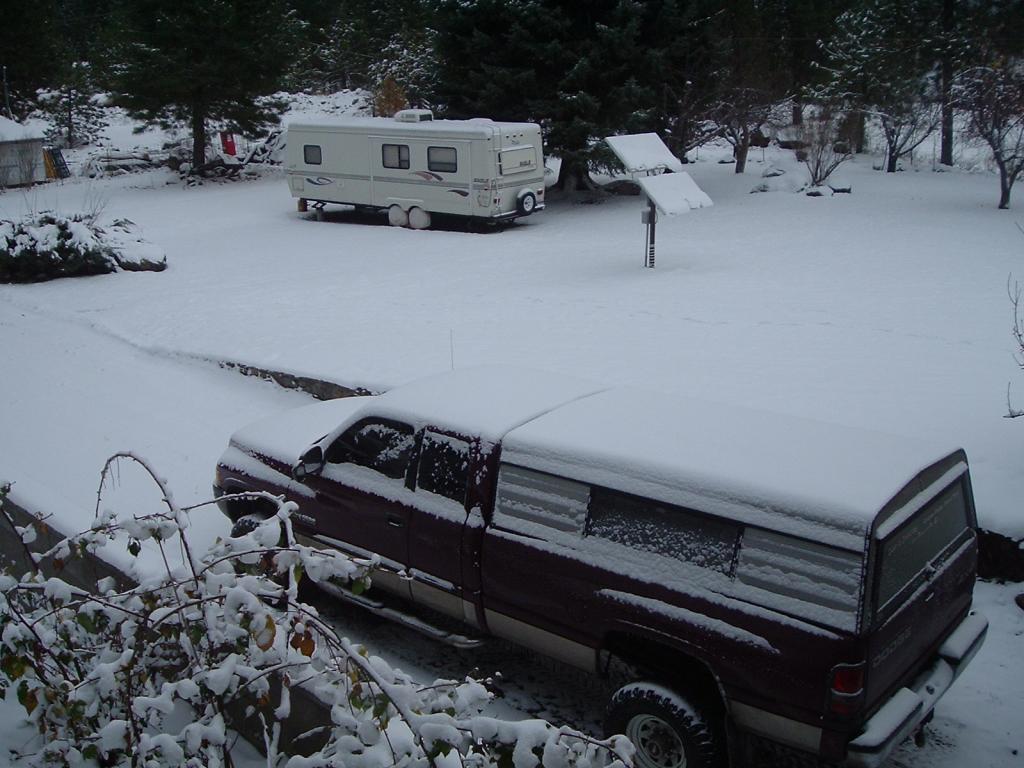- Replies 60
- Views 24.6k
- Created
- Last Reply
Top Posters In This Topic
-
 Ilikeoldfords 19 posts
Ilikeoldfords 19 posts -
 Mopar1973Man 15 posts
Mopar1973Man 15 posts -
 diesel4life 6 posts
diesel4life 6 posts -
 hex0rz 4 posts
hex0rz 4 posts





Okay, so I have been wondering if my sensors were any good. So, I only managed to pull my IAT sensor and it only looked a little dirty. Nothing like what mike has in his pictures.I was gonna use a DMM to measure the ohms according to the temp. and I could not even get a reading from it. I checked the DMM and the DMM is fine. Is the IAT sensor bad?I did not have a socket to pull the MAP sensor. I need to go buy one but I'm confused about the size. Its definitely not 1 1/16".So I called o'reilly's and they quoted me $30 for the IAT sensor and $114 for the MAP sensor!Anyone also know if I can get these for cheaper? Would either one of them cause my mpg's to fall as well??